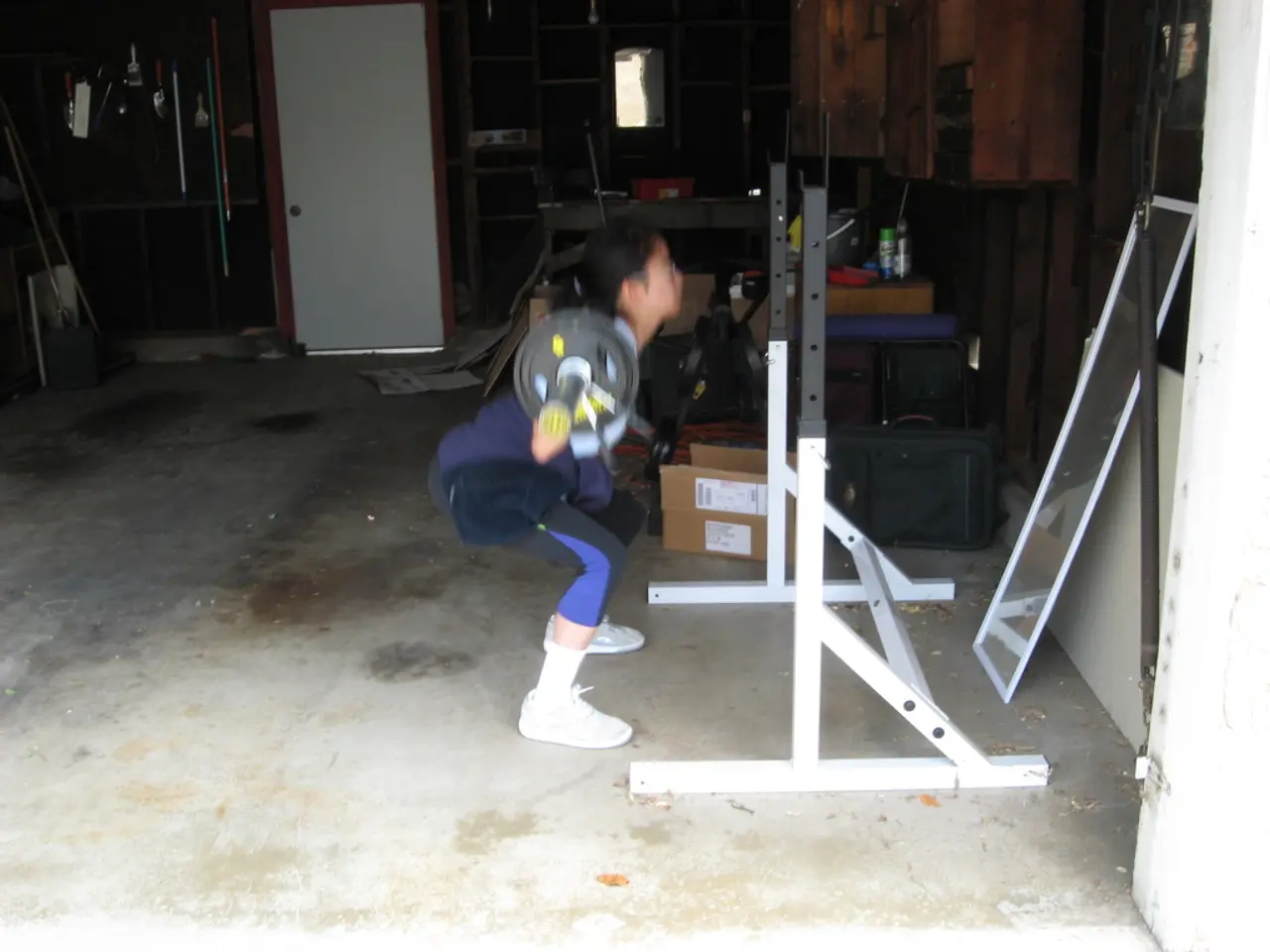Managing Pain from Multiple Myeloma Within the Body
Multiple myeloma, a type of cancer affecting plasma cells in the bone marrow, can lead to chronic pain for many patients. This article aims to shed light on the common causes of this pain and potential management strategies.
The most prevalent cause of chronic pain in multiple myeloma patients is bone disease. Osteolytic lesions (bone destruction spots) and vertebral compression fractures are responsible for pain in about 80% of cases. These conditions weaken the bones, making them prone to fractures and lytic bone lesions, which can cause persistent, localized pain.
In addition to bone disease, neuropathic pain is another common cause of chronic discomfort. This type of pain arises from damage to the nerves or pressure on them, resulting in pain, numbness, or tingling sensations. Neuropathic pain can occur due to nerve involvement by the disease or as a side effect of treatments.
Spinal cord compression, caused by tumors or vertebral fractures from bone lesions, can also lead to radicular pain and neurological symptoms, including loss of bowel or bladder control. These conditions can indirectly contribute to chronic pain.
Hypercalcemia, a condition characterized by high levels of calcium in the blood, can also provoke systemic symptoms such as weakness and fatigue, indirectly contributing to patients' pain experience.
Less commonly, pain may relate to infiltration of the jawbones or soft tissues in the oral cavity, mimicking dental problems.
In managing chronic pain in multiple myeloma patients, pain management often targets these underlying causes to improve quality of life. Doctors may prescribe pain relievers, including opioids, acetaminophen, aspirin, NSAIDs, and opioid-containing medications. For neuropathic pain, anticonvulsant drugs, surgery, and topical ointments such as capsaicin cream may be used.
Radiation therapy, a treatment that uses radiation to destroy or shrink cancer cells and tumors, is highly effective for treating bone pain associated with multiple myeloma. Corticosteroids, such as prednisone and dexamethasone, can help fight tumors and control inflammation in multiple myeloma and are often used in treatment regimens.
It's important to note that shingles, a viral infection that causes a painful rash, can occur as a result of a weakened immune system caused by multiple myeloma treatments or the disease itself. A person with shingles may wish to treat it with antiviral medications, over-the-counter or prescription pain relievers, wet compresses, calamine lotion, and colloidal oatmeal baths.
Regular exercise, quitting smoking, and reducing alcohol consumption can also help reduce neuropathic pain.
In conclusion, understanding the causes of chronic pain in multiple myeloma patients is crucial for effective management. By addressing the underlying causes and implementing appropriate treatment strategies, quality of life can be significantly improved for those living with this condition.
- Bone disease, specifically osteolytic lesions and vertebral compression fractures, cause chronic pain in approximately 80% of multiple myeloma patients due to weakening the bones and making them prone to fractures and lytic bone lesions.
- Neuropathic pain, resulting from damage to the nerves or pressure on them, is another common cause of chronic discomfort in multiple myeloma patients, occurring due to nerve involvement by the disease or as a side effect of treatments.
- Spinal cord compression, caused by tumors or vertebral fractures from bone lesions, can lead to radicular pain and neurological symptoms, including loss of bowel or bladder control, and indirectly contribute to chronic pain in these patients.
- Chronic pain in multiple myeloma patients can also be a consequence of hypercalcemia, a condition characterized by high levels of calcium in the blood.
- Less common causes of chronic pain in multiple myeloma patients include infiltration of the jawbones or soft tissues in the oral cavity, which can mimic dental problems. In managing chronic pain, doctors may use various treatments such as pain relievers, anticonvulsant drugs, surgery, radiation therapy, corticosteroids, and lifestyle changes like regular exercise, quitting smoking, and reducing alcohol consumption. Shingles, a viral infection that causes a painful rash, may also occur as a result of a weakened immune system caused by multiple myeloma treatments or the disease itself.




